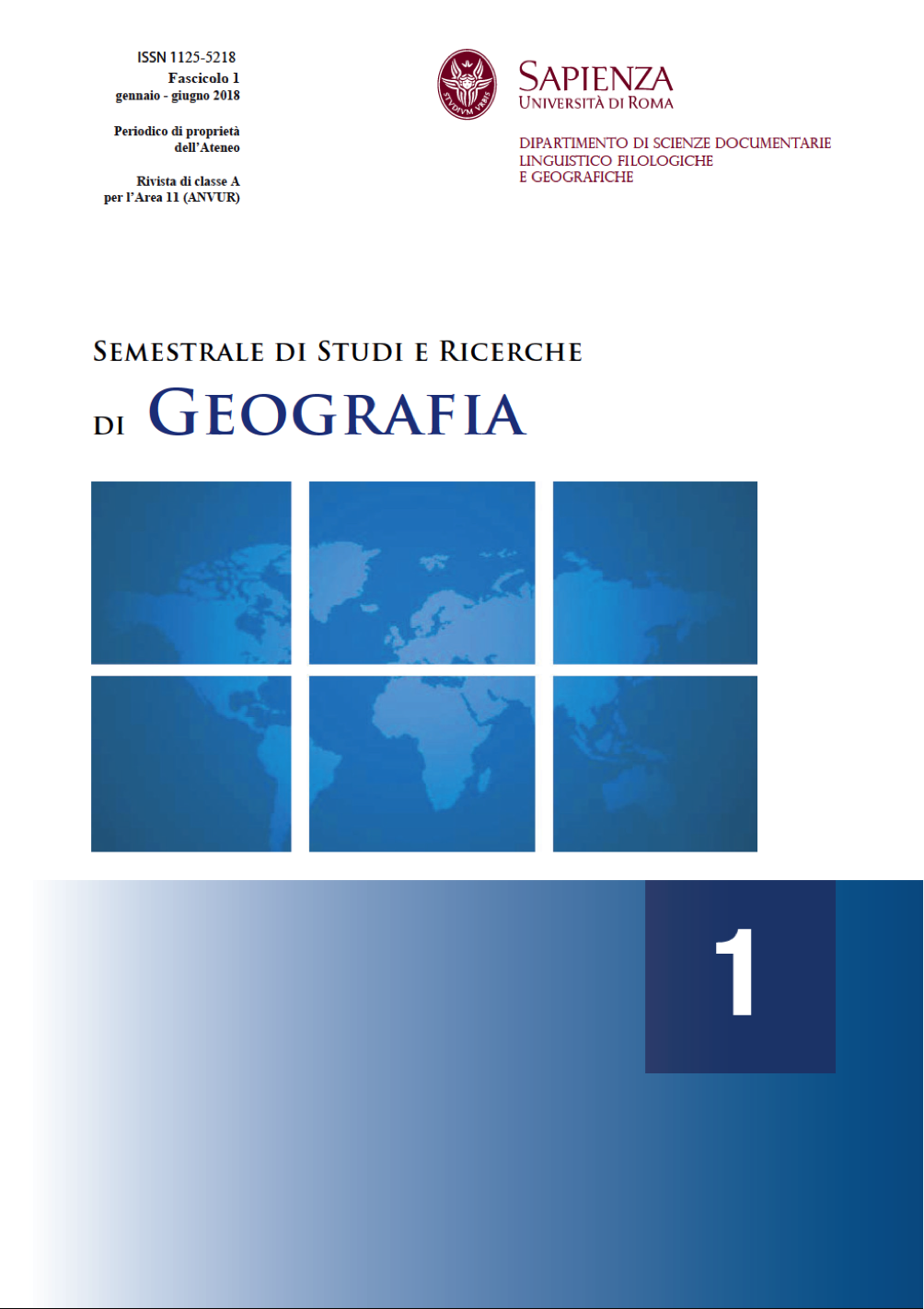Rendering large point cloud in webgis: nuove tecnologie a supporto del rilievo 3D di Bergamo
DOI:
https://doi.org/10.13133/1125-5218.14968Abstract
Rendering large point cloud in webgis: new technologies in support
of 3D Bergamo’s survey
Nowadays, the geometric survey of urban contexts has been automated by means of laser scanner technologies and significantly upgraded by the use of big data technologies.
With reference to the case study of the old town of Bergamo, this contribution presents an experimentation concerning the digital geometric survey and the 3D representation of the whole urban context, integrating a set of geomatic technologies, such as “Potree”, a render web-based platform allowing the user to display georeferenced big data, and the WebGIS interface for networking and visual queries. Within the standard web browsers the system handles real-time big data coming from LIDAR sources or photogrammetry.
The proposed application is part of a cultural project supported and funded by the Ministry of University and Research within the program “Made in Italy: an educational pattern”, aiming at providing advanced technologies supporting the formation and networking of knowledge models of the urban contexts. In fact, one of the most relevant
functions allowed by Potree is the possibility for individual users and public entities to display huge point clouds on the web without the help of third-party’s software, and to delivery in advance big data. The variety of tools integrated into the platform drastically reduce the meshing cost so that the data of the raw point cloud can be easily analysed, handled and managed performing the streaming and the rendering of billions points by means of the common web browsers. This case study concerns the geometric survey performed by using the Mobile Mapping Systems – vehicles equipped with satellite systems (GPS) and inertial tools able to survey the coordinates of the points along the trajectory – and with analogical and digital cameras shooting roads and buildings.
Rendu de grand nuage de points dans webgis: “nouvelles technologies
supportant le secours 3D de Bergamo”
L’étude numérique des contextes urbains, automatisée au moyen de technologies photographiques et de scanners laser, fait aujourd’hui appel à des plateformes numériques capables de traiter de grandes quantités de données. En ce qui concerne le contexte du Centre Historique de Bergamo Alta, cette contribution présente un expérimentation levé,
restitution et représentation 3D de l’environnement urbain fait en intégrant un ensemble de technologies géomatiques, en particulier Potree, une plate-forme renderer basée sur le Web qui permet à l’utilisateur de afficher les informations géoréférencées de grand
dimensions, et le WebGIS, qui permet l’accès à distance et le partage sur le réseau. Le système gère les données en temps réel provenant des sources LIDAR ou de la photogrammétrie dans les navigateurs Web standard. Cette application fait partie d’un projet financé par MIUR à travers le programme «Made in Italy, un modèle éducatif», dans lequel elle entend fournir des outils technologiques avancés pour soutenir la standardisation des modèles cognitifs des contextes urbains et leur partage dans le réseau. En fait, l’un des principaux avantages offerts par Potree est la possibilité de visualiser de gros nuages de points sur le web par les utilisateurs et les organismes publics, sans avoir besoin d’installer
des applications tierces, et de transférer grandes quantités de données à l’avance. La variété des outils intégrés dans la plate-forme permet aux utilisateurs d’analyser, modifier et gérer les données du nuage de points brutes sans temps de calcul et coûts de maillage significatifs, et de diffuser et de restituer des milliards de points par les navigateurs web.
L’application c’était basée sur une enquête menée avec l’utilisation de systèmes de cartographie mobiles, véhicules équipés de systèmes satellites (GPS) et inertiels (INS) pour déterminer les coordonnées des points long la trajectoire et avec des appareils analogiques ou numériques qui photographes l’emplacement de la rue et le bâtiment.
##submission.downloads##
Pubblicato
Fascicolo
Sezione
Licenza
Gli autori che pubblicano su questa rivista accettano le seguenti condizioni:- Gli autori mantengono i diritti sulla loro opera e cedono alla rivista il diritto di prima pubblicazione dell'opera, contemporaneamente licenziata sotto una Licenza Creative Commons - Attribuzione che permette ad altri di condividere l'opera indicando la paternità intellettuale e la prima pubblicazione su questa rivista.
- Gli autori possono aderire ad altri accordi di licenza non esclusiva per la distribuzione della versione dell'opera pubblicata (es. depositarla in un archivio istituzionale o pubblicarla in una monografia), a patto di indicare che la prima pubblicazione è avvenuta su questa rivista.
- Gli autori possono diffondere la loro opera online (es. in repository istituzionali o nel loro sito web) prima e durante il processo di submission, poiché può portare a scambi produttivi e aumentare le citazioni dell'opera pubblicata (Vedi The Effect of Open Access).


